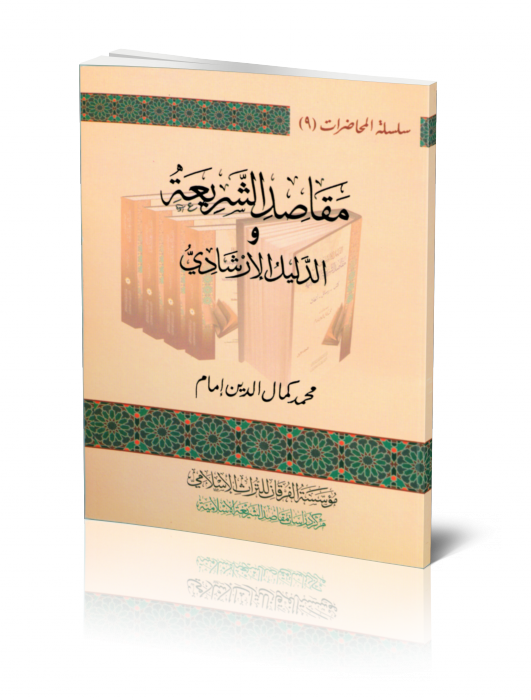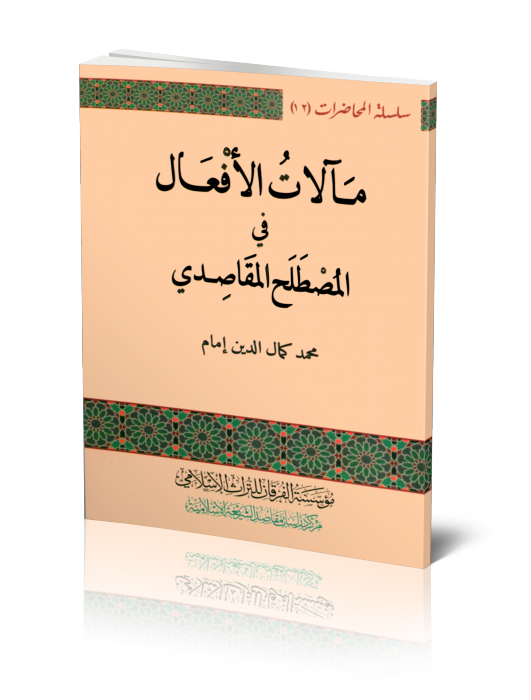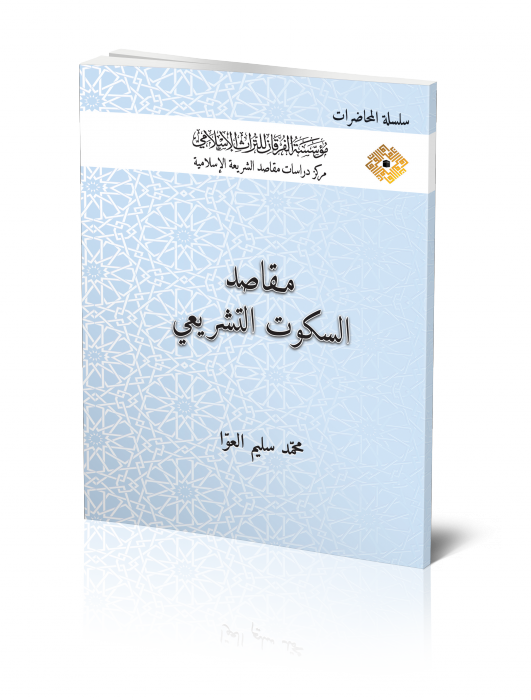The author defines maqāṣid al-Sharīʿah (higher objectives of Islamic law) as ‘The greater fiqh’ in that it cannot be reduced to one singular science of Sharīʿah. He describes its place in the foundations of the religion, in fiqh (Islamic jurisprudence) and in tafsīr (the science of interpretation) with its own foundations. He describes it as being an absolute measure for the understanding of Ḥadīth. He also describes it as a focal point for both the natural and human sciences, including in the first instance history, and medicine in all its branches. Furthermore, the author shows how the role of maqāṣid is not confined to the realm of religious affairs but deals also with the affairs of secular life in general. As for the Bibliography for maqāṣid al- Sharīʿah (objectives of Islamic law), it is a comprehensive work which identifies writings on the topic of maqāṣid across history and draws up a map of major developments in this field. It is also a library reference guide which collates work done in the field. As it is also a historic documentation of what has been written in the field of maqāṣid and the development of research in the field. It connects past and present studies providing the historical basis of the work. The bibliography hopes that it will be able to help facilitate a deeper study of the field itself.
 Shared Knowledge
Shared Knowledge


 Consequences of Acts in the Term of the Purposes of Islamic Law
Consequences of Acts in the Term of the Purposes of Islamic Law The Objectives of Tacit Juridical Evidence
The Objectives of Tacit Juridical Evidence Arts and Maqāṣid: The Arts that serve Maqāṣid, and the Maqāṣid that serve the Arts
Arts and Maqāṣid: The Arts that serve Maqāṣid, and the Maqāṣid that serve the Arts